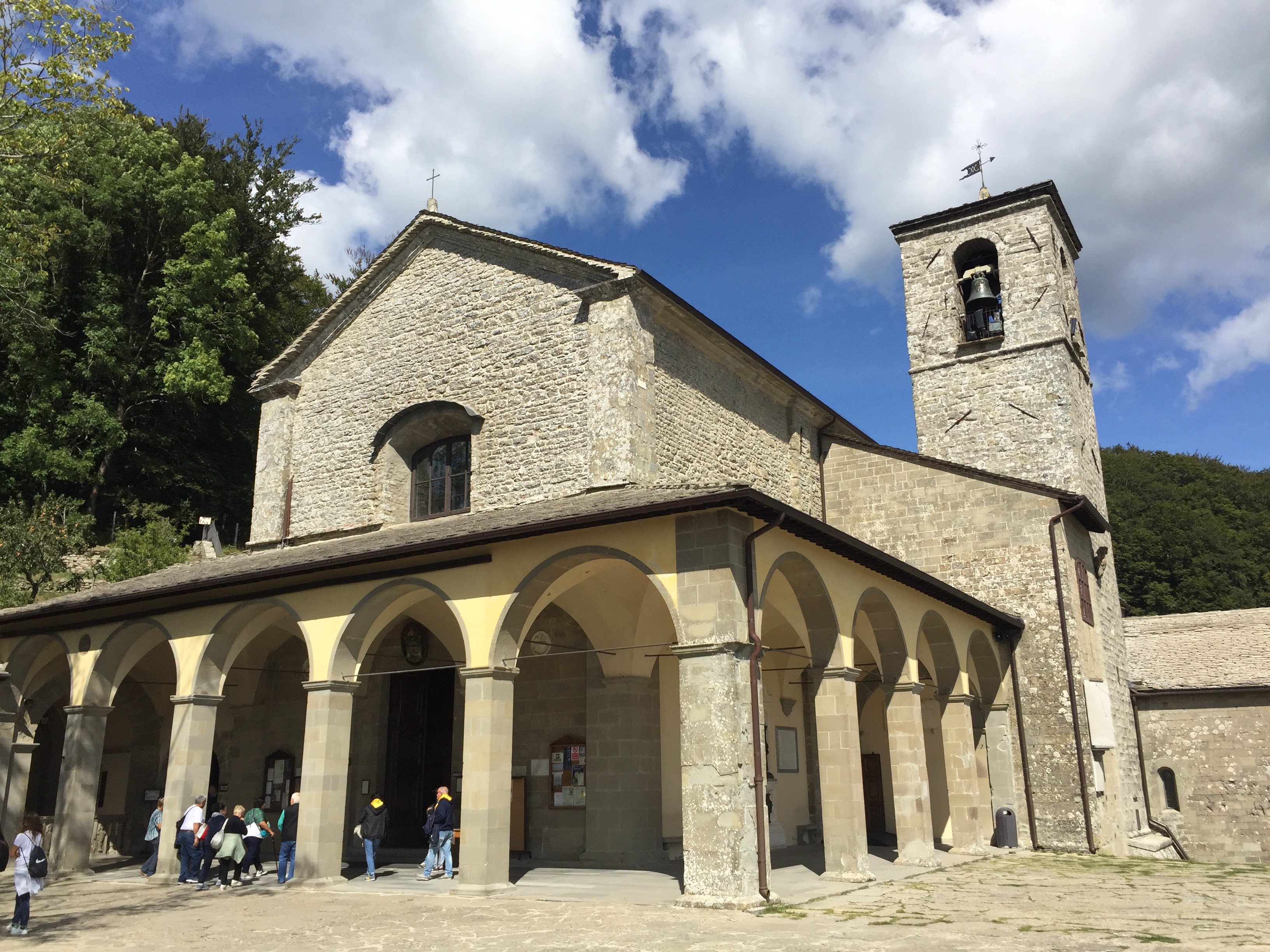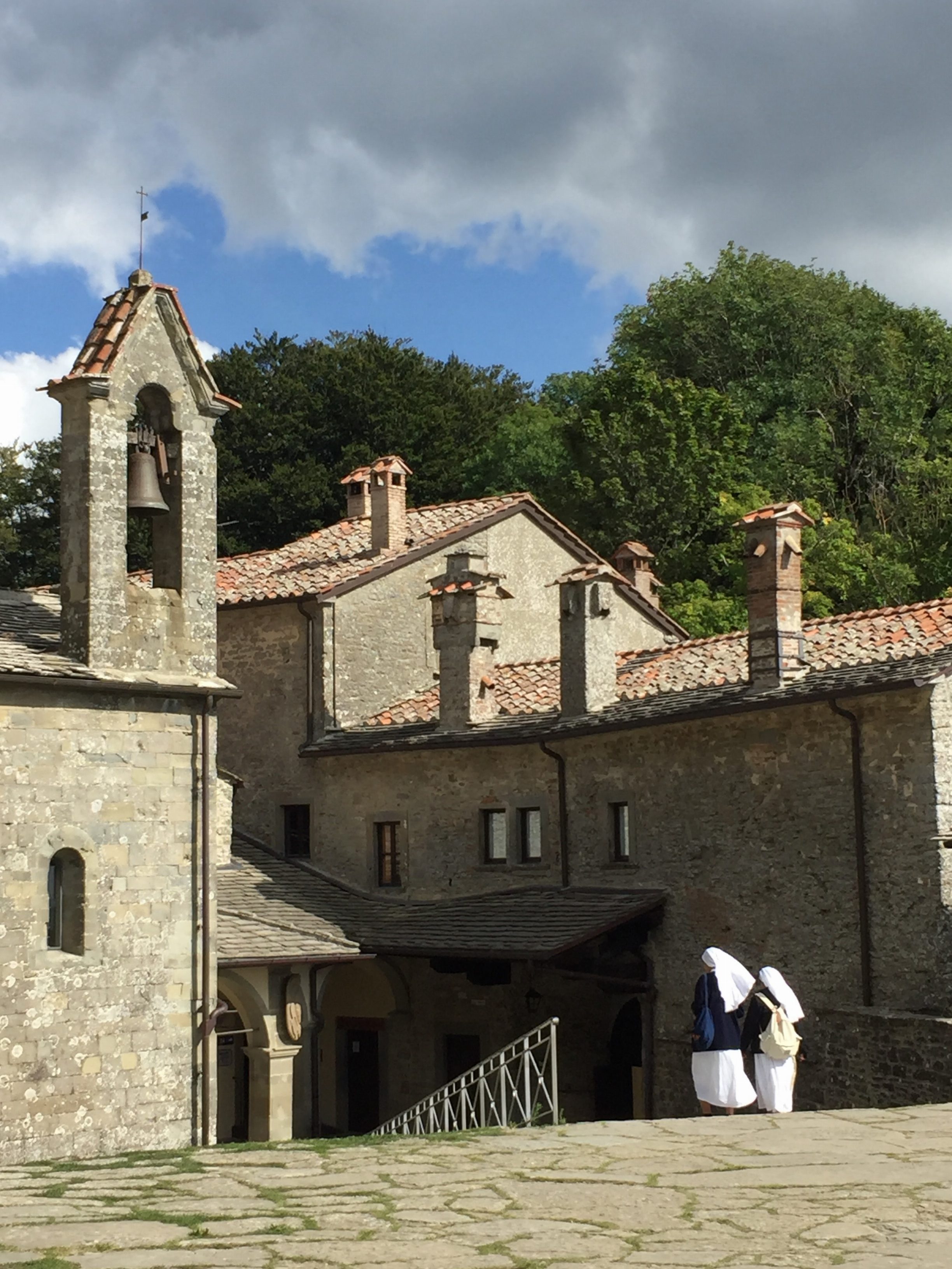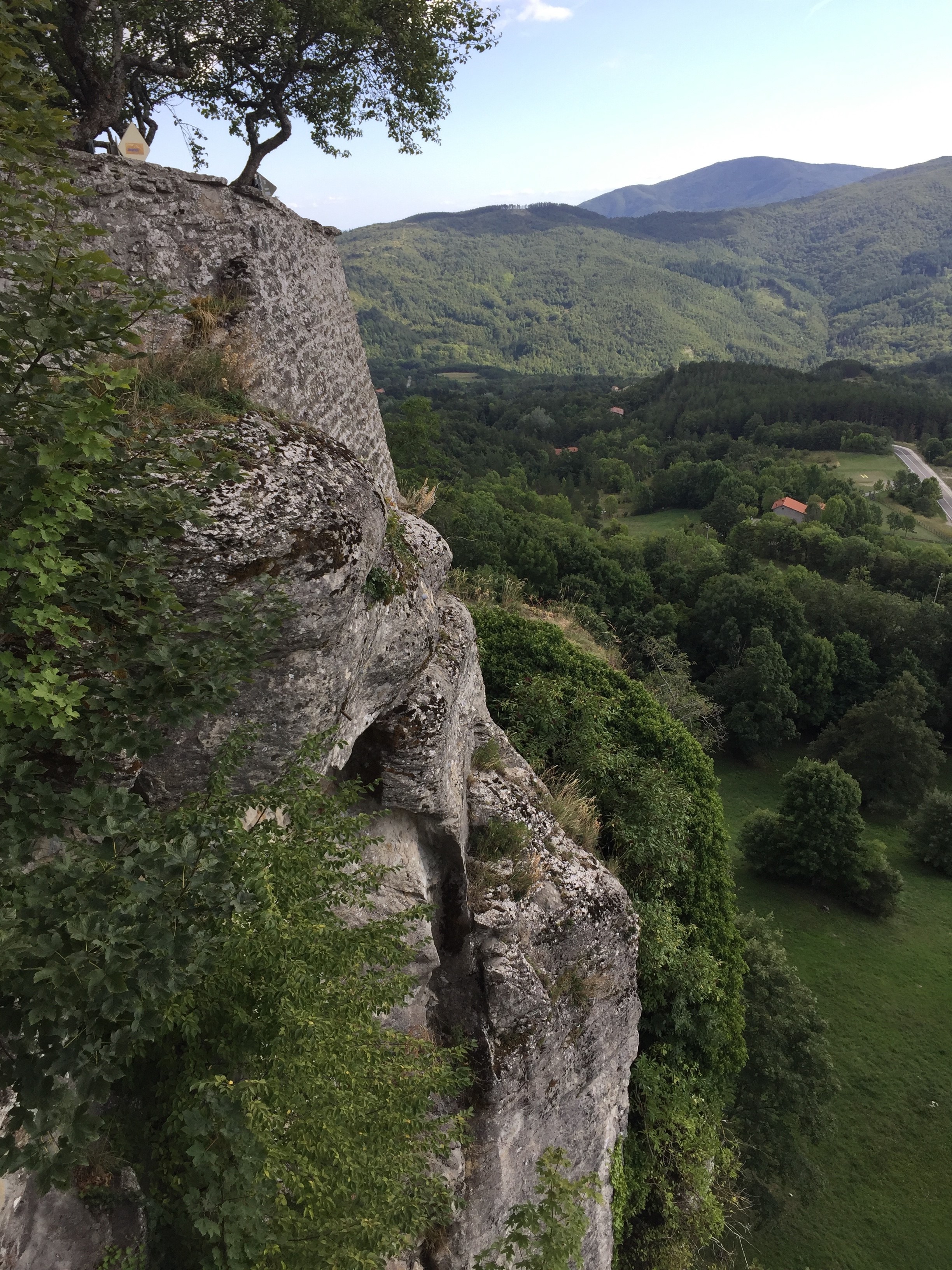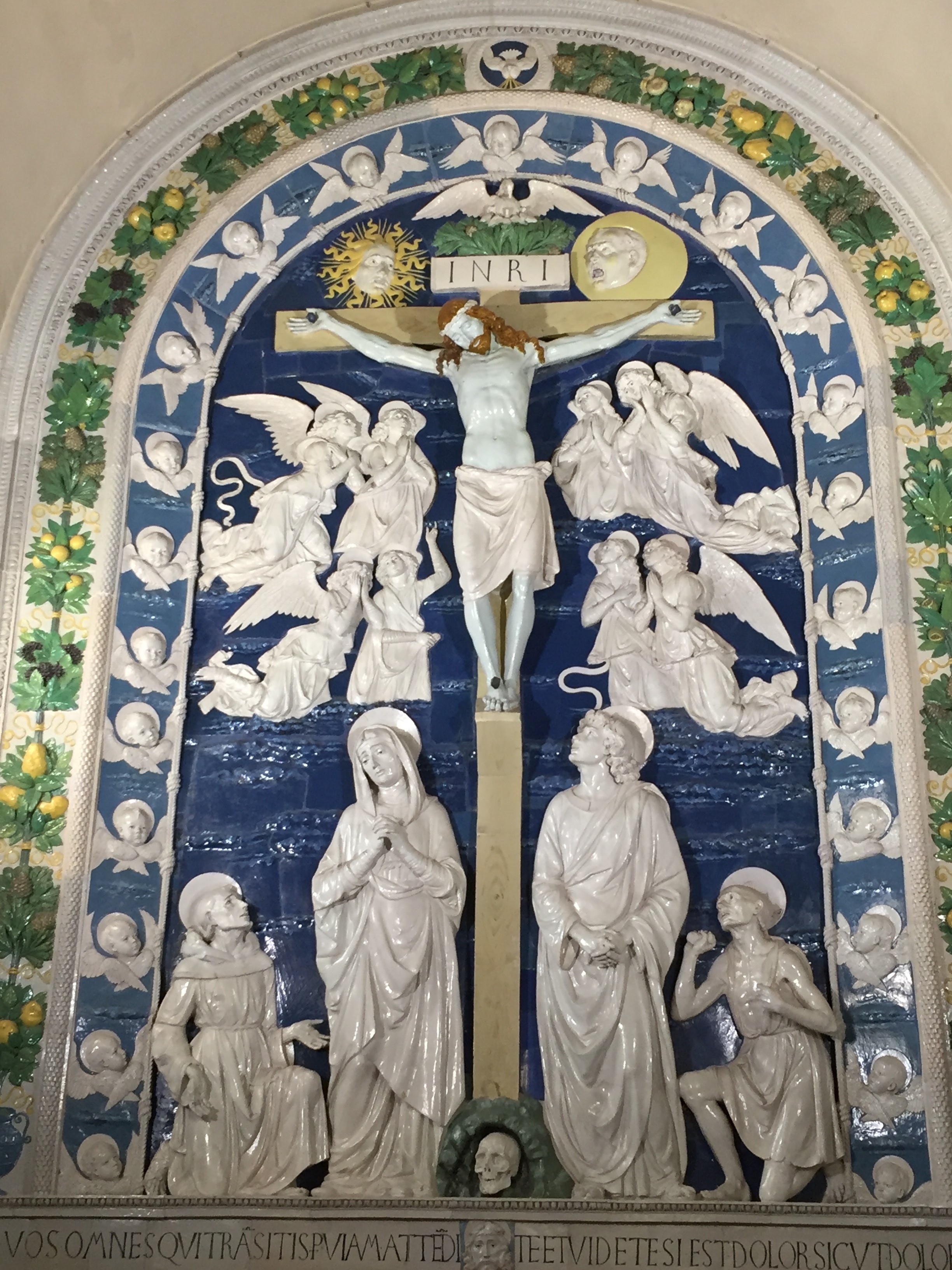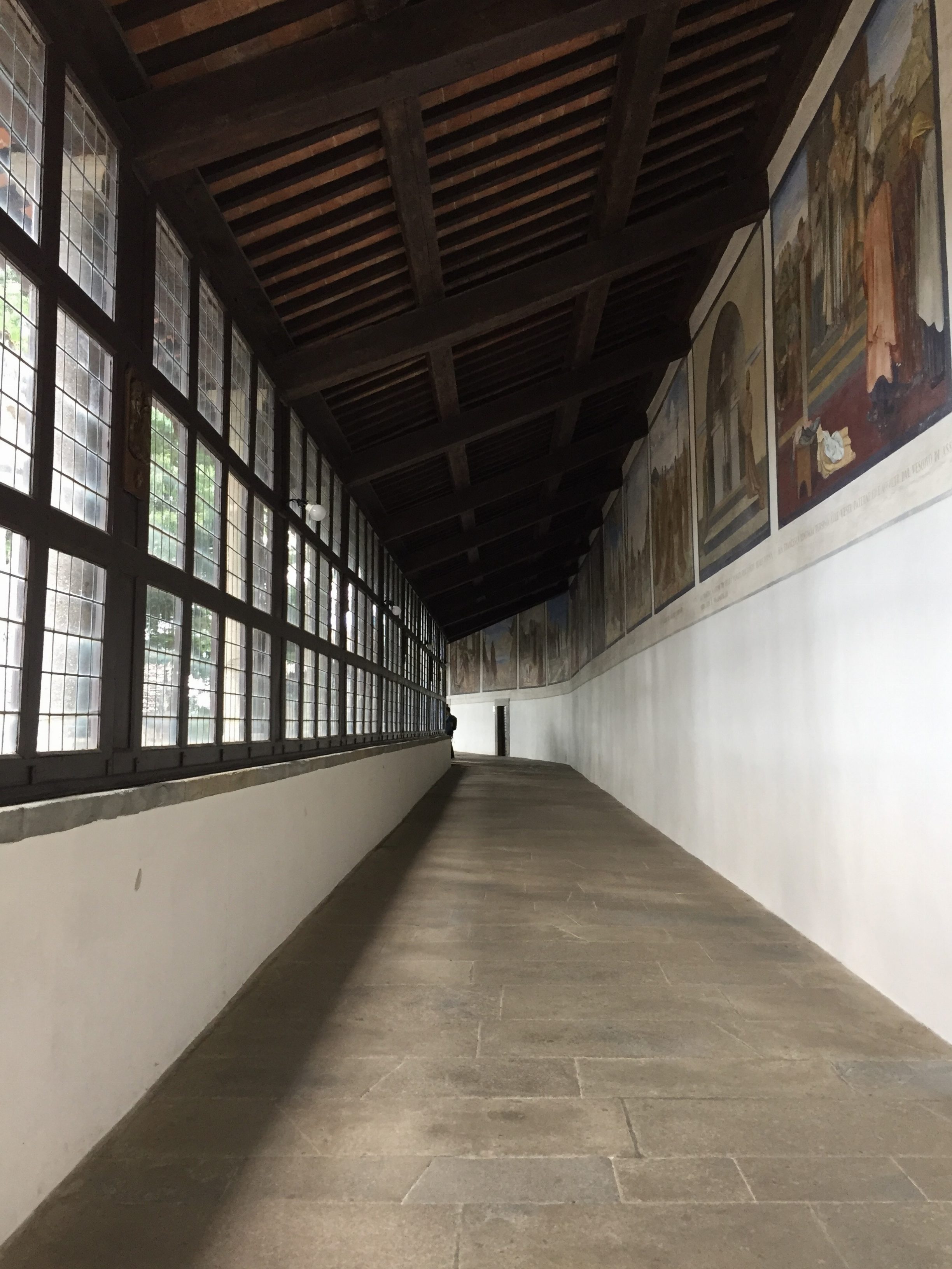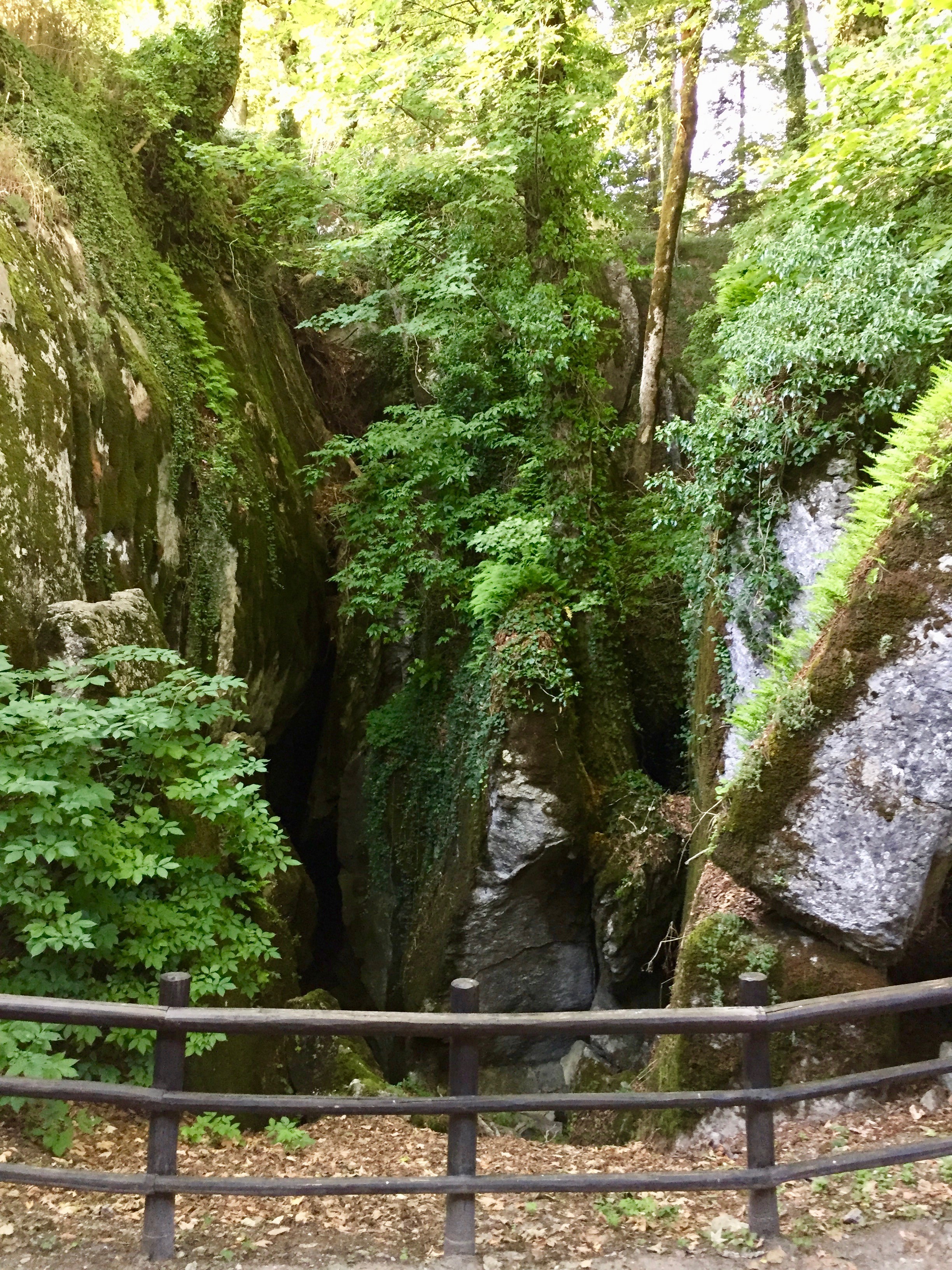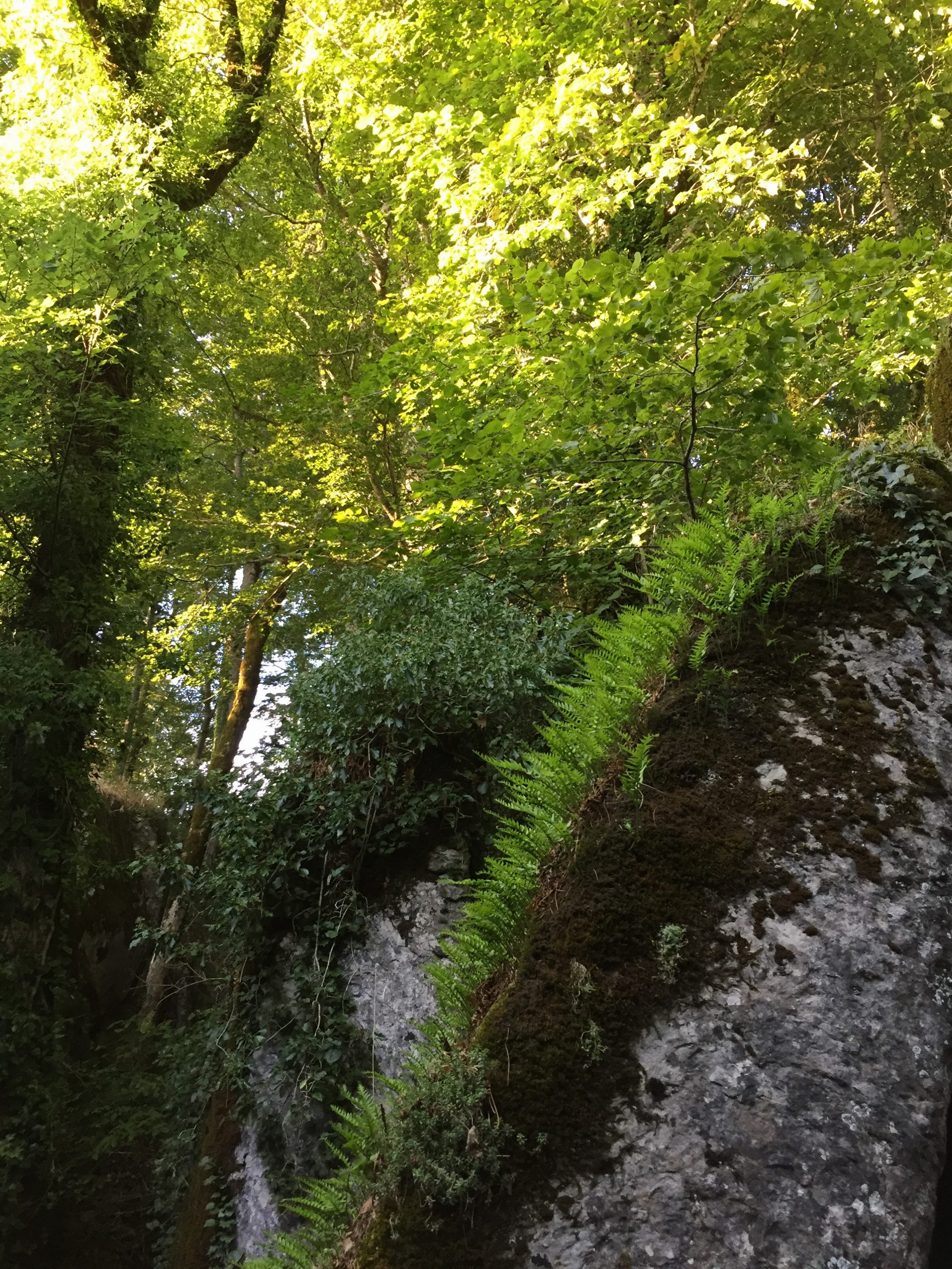(3)
Sacred spaces
A pilgrimage is a journey to sacred spaces like shrines, temples, churches, caves, or mountains. It always involves the body and is highly physical. It has to do with connecting – connecting to spaces with body and mind. Some pilgrimages have ancient histories; others are fairly new routes – like the Camino Francisco in Italy.
The Camino Francisco is not one single way, like the Shikoku pilgrimage in Japan, but there exist several routes. These routes often overlap. I had chosen a route recommended by my son, who lived in Assisi at the time. In the past, pilgrims used the Via Roma to walk to Assisi and afterwards to Rome.
When I started the hike, I was barely acquainted with the life of St. Francis. My main intention was to walk. I learned about his life when I visited the sites where he stayed about 800 years ago. I will tell you stories about his life in connection to the spaces I will visit.
I started the pilgrimage in La Verna (Tuscany), a remote monastery located on Monte Penna.
Main plaza at the monastery La Verna
Basilica Chiesa Maggiore
This place was the most important place for St. Francis. When he was severely sick and depressed (things in his order did not turn out how he envisioned it), he came to La Verna for a 40-day fasting retreat.
The high cliffs on which the monastery was built
Stories tell us that he was tempted by the devil – most probably, he was thinking about suicide by jumping off the cliffs. In this time of hardship, he gave himself totally up to Christ, whose teachings he followed in an uncompromising way. It was then that a miracle happened to him – he was bleeding from the same place as Christ on the cross (stigmata). The knowledge of the unity with Christ gave him the strength to preach the message of humility, poverty, simplicity, love and peace for two more years.
The place where the stigmata occurred is of great importance for the Franciscan order. During the time of St. Francis, there stood only simple stone and mud huts and a small chapel. After the plague in 1348, however, a new Basilica was donated by a rich trade union of Florence. In the 15th century, Andrea della Robbia designed the other buildings and also created many glazed terracotta art pieces for the monastery.
Crucifixion with the sun and the moon in the Chiesa delle Stimmate
created by Andrea della Robbia
La Verna was a place that impressed me deeply. Located on high cliffs and surrounded by a magical forest, it was still breathing out the simplicity of former times. However, one event left an imprint I will never forget. I was walking along a corridor leading to the Chiesa delle Stimmate. The right side of the corridor consisted of a solid wall with only one door in the middle. To the left, daylight was streaming in through a wall of windows.
Corridor to the chapel
During my two-day stay, I passed the door several times and I assumed that it was locked. However, one time I saw a monk stepping through it. I became very curious about were the door led to and opened it. To my big surprise, I did not step into another room but found myself in the most breathtaking, wild, archaic nature!
Vivid green moss covered the powerful rock boulders cascading down into a very narrow canyon. The crowns of powerful trees covered the sky above, building a living tent of green. Nobody was there. Here, I felt the sacredness of the space, the sacredness of this untamed, wild beauty. St. Francis loved to come here. Later on I discovered that the places where he retreated for prayer were often in areas like this.
During a pilgrimage, it is easy to connect with places, especially when they are of this overwhelming beauty. It is a sensual experience where the connection to the place is direct, immediate, and always in the moment. On a pilgrimage, every step brings a new viewpoint, a new impression, and it is easy to be in the here and now.
Now, in quarantine, there is nowhere to go. Quarantine means living in a limited and very familiar space, a place full of habits connected with a particular way of thinking. In this situation, I remember the door – the door that leads to another reality, a reality that is just a step away. It is Big Mind, the boundless reality of the wild, original nature. It means for me to still live in a limited space, but to see beyond – to live in loving awareness, which embraces everything that happens in a compassionate way. I do not have to go anywhere to find the sacred – it is in my everyday life. I just have to open the door.


